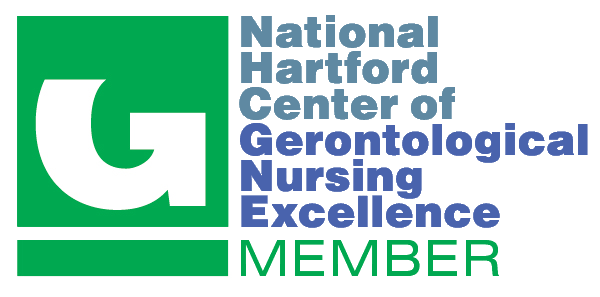Doctor of Nursing Practice Program
Heather Gunter, DNP, MSN, AGACNP-BC, CCRN

-
Committee Chair Name & Credentials:
Ty Williams, DNP, ACNP-BC, FNP-BC, CNE
DNP Project Abstract
Implementation of Education for a Mechanical Ventilator Weaning Protocol for Tracheostomy Patients
Purpose
Tracheotomies are one of the oldest medical procedures performed in history. Overall, patient who require this procedure comprise a small number of overall hospitalizations; however, hospitalizations are costly and highly resource-intensive. In addition to cost, adverse events associated with tracheostomies make up approximately half of all airway-related deaths and hypoxic brain injuries in intensive care units. In the Neurology-Neurosurgical Intensive Care Unit (NNICU) at Barnes Jewish Hospital (BJH), a mechanical ventilator weaning protocol is not utilized, despite a consistent population of tracheostomy patients and the availability of a hospital-approved mechanical ventilator weaning policy specific for tracheostomy patients. The purpose of this study was to develop and implement education on the BJH mechanical ventilator weaning protocol (MVWP) for NNICU physicians, nurse practitioners, registered nurses, and respiratory therapists in order to assess knowledge, perceptions, and barriers.
Methods
Using the Model for Improvement, a pre-survey was distributed to NNICU physicians, nurse practitioners, registered nurses, and respiratory therapists between 11.28.22 and 12.11.2022. Education on the BJH MVWP was developed and then distributed to participants after the pre-survey during this same time period. The NNICU staff began utilizing the BJH MVWP for tracheostomy patients on 12.12.2022. A post-survey for participants was distributed from 1.1.2023 to 1.15.2023. Data were collected via REDCap; data analysis was performed with REDCap and Microsoft Excel, and data were reported using descriptive statistics.
Results
Seventeen participants completed the pre-survey: MDs (n=5) REFORMAT:, (NP) n=2, (RN) n=10, (RT) n=0. Sixteen participants completed the post-survey (MD) n=3, (NP) n=4, (RN) n=2, (RT) n=7. Fifty-three percent of pre-survey participants had five years or less of experience compared with 25% of post-survey participants. Forty-seven percent of pre-survey participants had never used a MVWP for tracheostomy patients. Following the education, 75% of post-survey participants agreed they understood how to implement the MVWP for tracheostomy patients. All pre and post survey participants agreed with the need for a MVWP for tracheostomy patients in the NNICU and all pre and post survey participants agreed a MVWP for tracheostomy patients promotes interdisciplinary care and patient safety. Eighty-two percent of pre-survey participants and 82.4% of post-survey participants agreed a MVWP for tracheostomy patients would prevent tracheostomy related complications. A reduction in perceived barriers was noted after education: lack of compliance pre-survey (58.8%) to post-survey (50%), inadequate staffing pre-survey (52.9%) to post-survey (25%), lack of education pre-survey (82.4%) to post-survey (50%) and lack of staffing pre-survey (47.1) to post-survey (25%). For the perceived barrier lack of time, the frequency increased in the pre-survey (17.4%) to post-survey (37.5%). After data analysis, the team decided to adopt the implementation of the BJH hospital policy for MVWP for tracheostomy patients in the NNICU, with the caveat that on going education will be required.
Implications for Practice
Most participants identified the need and their willingness to utilize the MVWP for tracheostomy patients in the NNICU. The perceived barriers of lack of compliance and education gave participants the most concerns, highlighting the need for future education sessions and ongoing reinforcement of the protocols. Chart audits could be utilized to assess for staff compliance, by tracking correct order placement, documentation of safety screens, and ventilator weaning scores during trial periods. Longer, consistent periods of the protocol’s use would offer opportunities for further QI projects related to patient metrics such as ventilator days, length of NNICU stay, and the potential for reduction of tracheostomy related complications.




